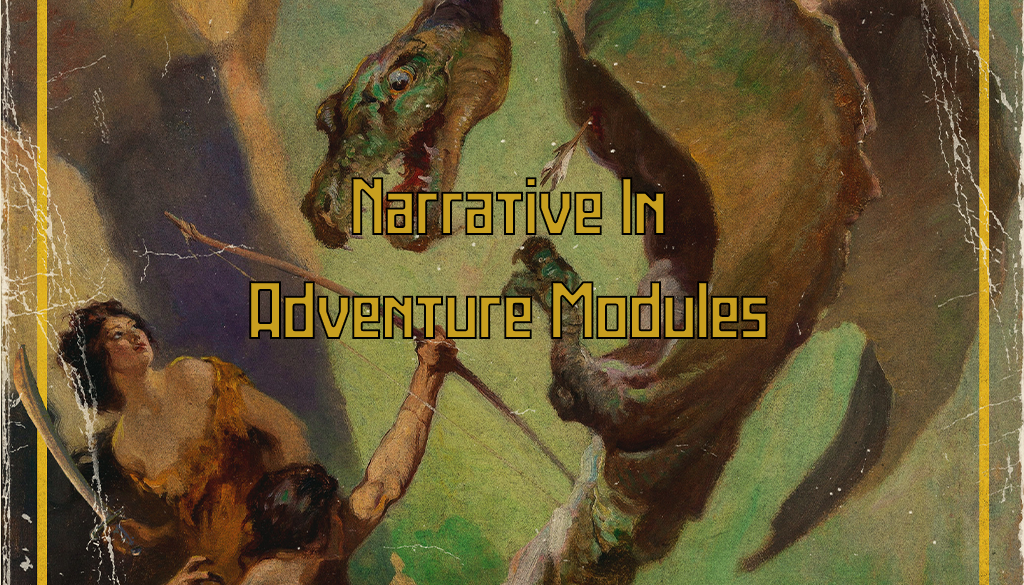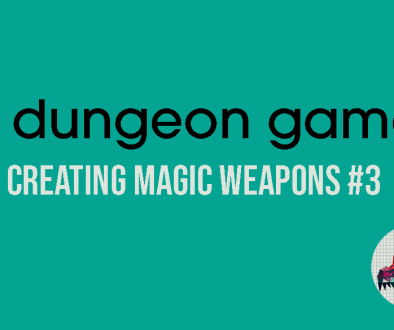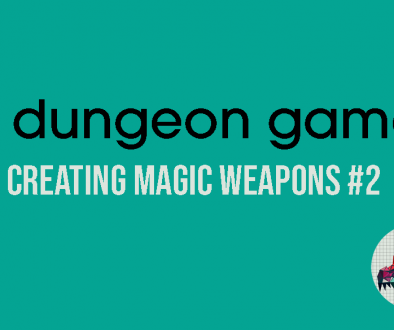Narrative In Adventure Modules
This was originally posted to Detritus, a monthly subscription where I share lots of work in progress pieces, thoughts on the craft of writing, and other behind the scenes work. You can support the project on Patreon or through Ko-Fi.
Today I’m working on one of the adventures I’m writing for my summer dungeon drop, and I’ve been thinking about how the way you present things in the text of an adventure potentially leads to different play outcomes.
The central conceit of the adventure is this: there’s a series of tunnels inside the cliffs near a small village. They’re rumoured to be filled with unplundered treasures, but they’re guarded by fierce dragons who nest at the top. So far, so standard.
The truth of the matter is a little different. The tunnels contain valuable historical and cultural artifacts for the village, burial offerings left for important people after they passed. The dragons – or whatever they are – are endangered and revered/protected by the villagers. There’s active conservation work going on, and the residents are increasingly frustrated by the steady stream of would-be tomb robbers who keep swanning into town and threatening to loot their history and make these creatures extinct.
Recently I’ve been doing some freelance work for Modiphius’ Fallout RPG, writing a very modern trad adventure. Because this has been taking up the bulk of my time my instinct when I started working on this adventure was to just fall into that pattern. The PCs would be hired by the villagers to go into the dungeon in search of another group of “adventurers” who are doing the usual dungeon thinking, looting and pillaging and killing the dragons. The ultimate goal would be to stop the other group, return any stolen treasures, and protect the endangered creatures. Although I could still present the dungeon itself normally – Jaquaysed, lots of things to interact with, etc. – the framing of the adventure would be in a series of scenes that lead to a fairly foregone conclusion. The PCs would have an explicit goal, and they could “fail” the adventure by not achieving it.
This is, obviously, not an uncommon manner of writing adventures. I call it “modern trad” but it dates back in published modules to 2nd edition AD&D, and goes back even further than that when we start looking at tournament modules from the late 70s and early 80s.
This is a massive contrast to adventures like B2 or T1, where we’re given a “sandbox” location that has a lot of things going on in it but the players are largely left to figure it out for themselves, finding their own “hooks” by interacting with NPCs, learning about the situation, and pursuing their own goals.
Presenting this same adventure in that format would be a matter of providing the PCs with a set of rumours that bring them to the village, and populating the space with NPCs who can tell them about the conservation efforts, the importance of the contents of the caves to their cultural history, their frustrations with looters, etc. We can still introduce the rival party, who have followed the same rumours as the PCs to get here but have either not bothered to speak to the villagers before heading into the dungeon or have decided that they simply don’t care.
With this method we can still potentially get the same narrative outcome – the PCs are hired to go and stop the looters – but it will emerge organically from play. The players still have the opportunity to ignore the call to action to defend the dungeon and the dragons and instead loot it for gold and XP, but that won’t be framed as a “failure”. It will instead be an act that has ramifications in the fiction of the game that emerge as a consequence of the actions in play.
Personally I prefer the second option. It also, conveniently, is much easier to write things in this manner because you don’t have to do as much accounting for outcomes. You don’t have to write defensively – “if the players do X, Y happens. If they do A, character Z might do B” etc. You can instead present the GM with a location and NPCs with specific goals and attitudes, hand them the information they need, and trust them to run with it and improvise as the players inject chaos into the proceedings.




